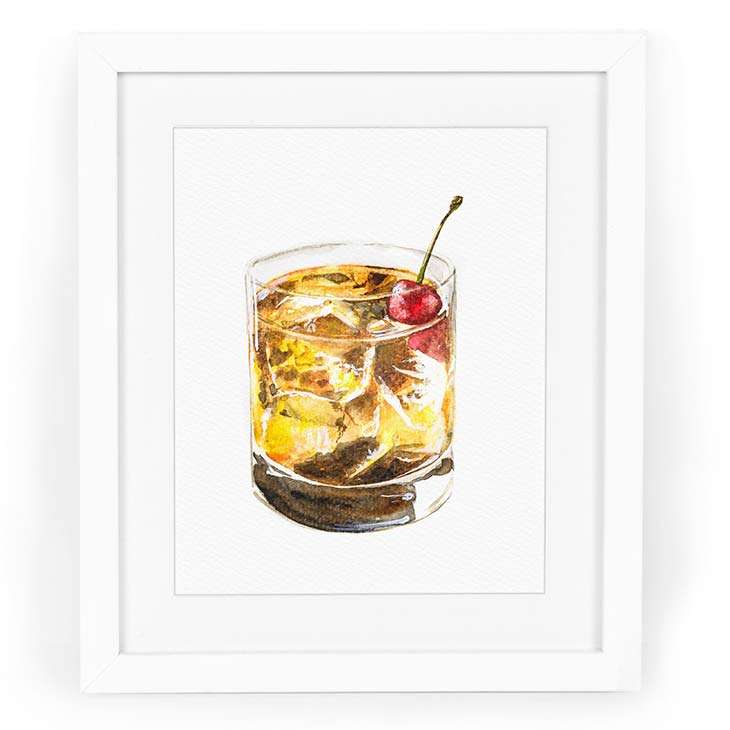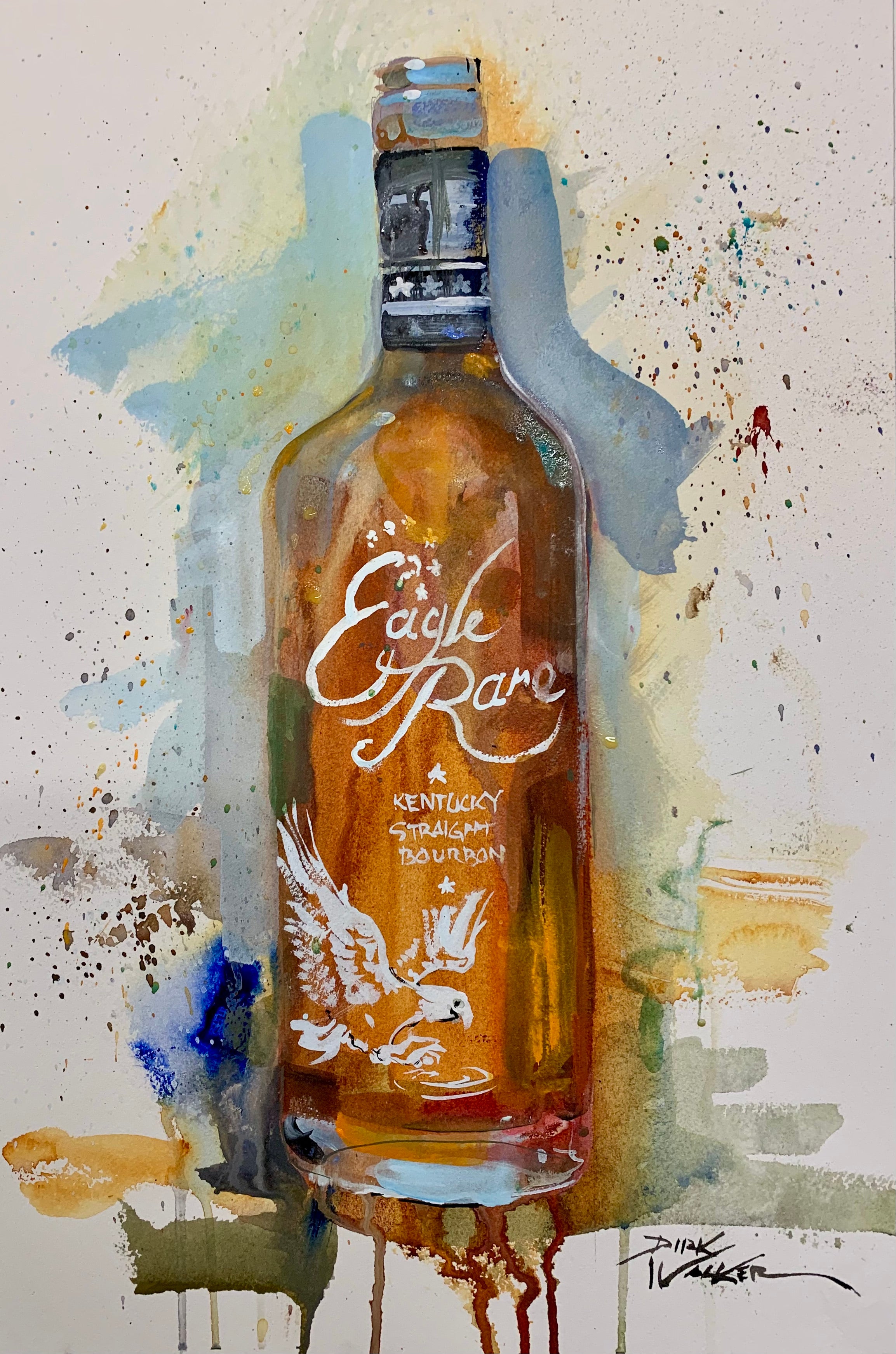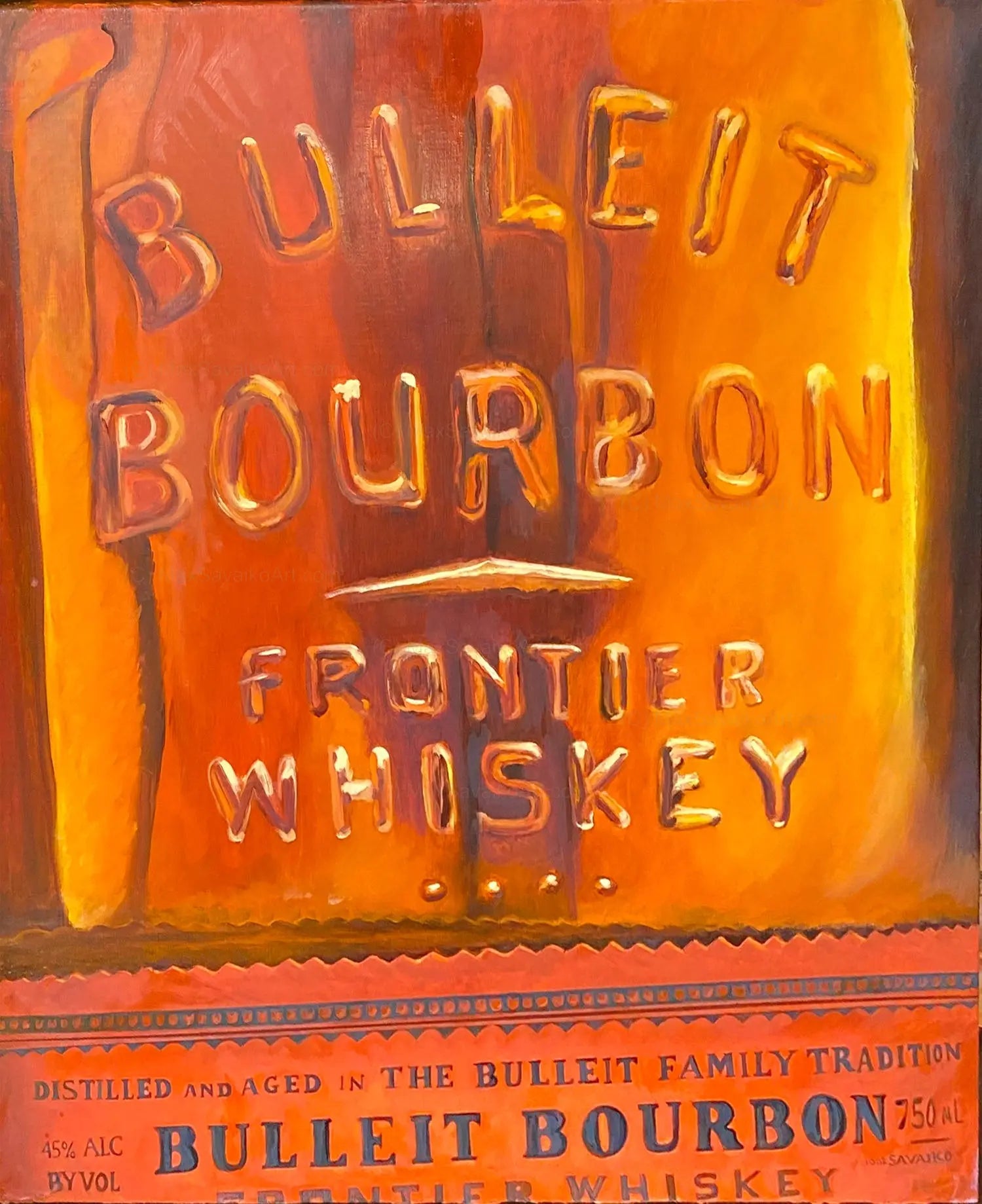The Importance of Whiskey Art in Celebrating Heritage and Craftsmanship in the Beverage Industry
The intricate partnership in between scotch art and the celebration of heritage and workmanship within the beverage sector can not be overemphasized. With attentively designed bottles and labels, bourbon brands envelop their historic roots and the artisanal abilities that define their manufacturing techniques. This artistic dimension not just enhances market charm yet additionally acts as a channel for social storytelling, fostering a deeper link in between the craft and the customer. As we explore the different aspects of this subject, intriguing concerns regarding the effect of contemporary trends on typical methods develop, motivating more examination.
The Historic Roots of Whiskey
At the heart of bourbon's attraction exists an abundant tapestry of historical origins that map back to ancient worlds. The beginnings of bourbon can be linked to the purification methods of the Sumerians and Babylonians around 2000 BCE, where early forms of fermented grain drinks began to emerge. It was in the Center Ages that the art of purification evolved significantly, specifically in Ireland and Scotland, leading to the production of scotch as we understand it today.
The term "bourbon" itself originates from the Gaelic word "uisce beatha," implying "water of life." This phrase emphasizes the social value of scotch in Celtic cultures, where it was usually linked with routines, events, and common bonding. By the 15th century, distillation became a recognized craft within monastic neighborhoods, leading the way for the facility of lawful distilleries.
As profession paths expanded, whiskey's appeal expanded, going beyond local limits and recording the passion of connoisseurs worldwide. Realism Art. This historical journey mirrors not just the workmanship behind bourbon manufacturing however also its indispensable duty in social and social contexts, marking it as a considerable drink throughout background
Artistic Expression in Branding
Whiskey branding stands as an engaging junction of virtuosity and commerce, where aesthetic identification plays a critical duty fit customer understanding. The aesthetic appeals of scotch tags, packaging, and advertising and marketing materials mirror not only the brand name's story yet additionally its core worths and heritage. Through creative expression, distilleries share a narrative that reverberates with consumers, stimulating feelings and sparking links.
The usage of shade, typography, and images in branding offers to differentiate products in a saturated market. Typical motifs may stimulate a sense of authenticity and workmanship, while contemporary styles can symbolize advancement and forward-thinking. This critical imaginative instructions boosts brand acknowledgment and loyalty, permitting consumers to create a personal relationship with the scotch they select.
In addition, imaginative expression in branding usually acts as a party of regional heritage. Distilleries frequently incorporate regional signs or historical referrals right into their designs, developing a feeling of place that invites consumers to engage in a more comprehensive social experience. Eventually, the artistry behind whiskey branding not only enhances visual charm however likewise enhances the general story of the brand name, cultivating a much deeper appreciation for the craftsmanship and heritage embedded in each container.
Craftsmanship in Container Style
The virtuosity obvious in bourbon branding prolongs past aesthetic identity to incorporate the craftsmanship included in container layout. Each container works as a vessel not simply for the spirit within, but also for the story it outlines its top quality, custom, and beginning. The read what he said design procedure calls for careful interest to information, as components such as closure, product, and form add significantly to the total understanding of the whiskey.
Craftsmanship in container layout involves choosing high-quality glass that can improve the bourbon's color and clearness, while also giving a responsive experience for the consumer. The shape of the container need to be both functional and aesthetically appealing, commonly reflecting the heritage of the brand. Lots of distilleries select distinct shapes or printed logos that stimulate a sense of credibility and history.
Moreover, the label design and typography play an important role in communicating the brand name's story. Whiskey Art. A well-crafted bottle not just he said captivates the consumer's eye however also reinforces the brand's commitment to high quality and practice. This way, the workmanship of bottle layout ends up being an important element of the whiskey experience, merging creativity with an extensive respect for heritage
Cultural Value of Whiskey Art
Celebrating custom and workmanship, the cultural relevance of whiskey art goes beyond plain looks, intertwining with the historic and social narratives of the areas from which it comes from. Each container functions as a canvas, illustrating the one-of-a-kind tales, mythology, and traditions that have shaped neighborhood whiskey-making practices. The detailed designs frequently mirror the heritage of the distillers, including icons and motifs that reverberate with the culture and values of their neighborhoods.

In addition, scotch art plays an important function in common events and celebrations, serving as a concrete link in between individuals and their shared experiences. By valuing the virtuosity in scotch packaging, customers cultivate a much deeper understanding and respect for the craft, ultimately enhancing their enjoyment of the drink itself.
Modern Trends in Whiskey Presentation
In the last few years, published here the presentation of scotch has developed to show modern preferences and fads while still honoring traditional workmanship - Whiskey Art. Distilleries are significantly concentrating on aesthetic aspects that enhance the total alcohol consumption experience, connecting the space in between heritage and modernity
Cutting-edge bottle styles have emerged, often incorporating lasting products and imaginative tags that inform engaging tales. Lots of brands currently work together with neighborhood artists, infusing their items with special visual expressions that resonate with consumers. Furthermore, limited-edition releases are usually packaged in collectible containers, adding worth and allure for aficionados.

Conclusion
To conclude, whiskey art works as an important conduit for sharing the heritage and workmanship intrinsic in the beverage sector. Through detailed branding, ingenious bottle layouts, and culturally significant imaginative elements, whiskey brands effectively recognize their practices and connect with consumers. This imaginative narrative not only elevates the recognition of bourbon yet also reinforces neighborhood identification and pride amongst producers. Inevitably, bourbon art plays an important function in preserving and celebrating the abundant social tapestry of whiskey-making.


Craftsmanship in bottle layout includes choosing high-grade glass that can boost the scotch's shade and clearness, while additionally providing a responsive experience for the customer. In this method, the workmanship of bottle design comes to be an essential aspect of the whiskey experience, combining virtuosity with an extensive respect for heritage.
In final thought, whiskey art offers as a crucial channel for expressing the heritage and workmanship integral in the drink sector.
Comments on “Limited Edition Bourbon Art: Why Collectors Are Crowding to Unique Finds”